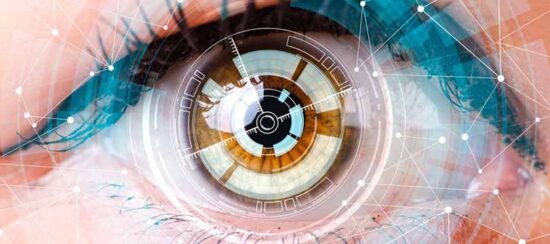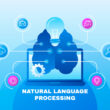Medical science has been helpful to humanity as far as preserving life and promoting health.
Today’s medical practice has improved using tech inventions. Moreover, technology has exceeded the use of regular internet and health machines, introducing bionic eyes.
Bionic eyes is the present health technology which aims to recover sight for persons suffering from blindness caused by retinitis pigmentosa.
Retinitis pigmentosa is an incurable eye disease that results when the retina is damaged. Now, people with that condition can hope to recover sight using Bionic technology.
A bionic vision system works by taking a shot of pictures with the aid of a camera fixed to a pair of glasses and transmitting high-frequency radio signals to a 2mm wide microchip designed with electrodes which is then implanted in the retina of a human eye.
The microchip converts the radio signals into electrical impulses that stimulate cells in the retina connected to the optic nerve. The impulses are transmitted through the optic nerve to the brain for interpretation. The brain interprets the signals as images, and the person can respond to the image accordingly.
This technology aids in replicating the shape and position of nerve cells that support visions. The glasses are linked to a computerized wristband which receives images detected by the camera and utilizes artificial intelligence algorithms to process the data and adjust the focus of the glasses when necessary to get a better capture of the image.
Bionic vision technology is specifically designed to help recover vision for people with retina degeneration and age-related macular degeneration, bridging the gap between retina detection of images and nerve cells.
Although normal vision would need about a million electrodes, the bionic vision system has only 60 electrodes, so the vision may not be sharp, but it is still beneficial because the technology can treat complete blindness.
It is a bright future for bionic eye technology as it has been intended to increase the electrodes so as to achieve a better vision for retinitis pigmentosa sufferers. It sounds salubrious if it can offer clear vision, but is it okay to replace damaged eyes with a camera?
Join the conversation; follow us on Facebook, Instagram, and Twitter at GoSpeedHub.
Photo By Eyesee Mag









